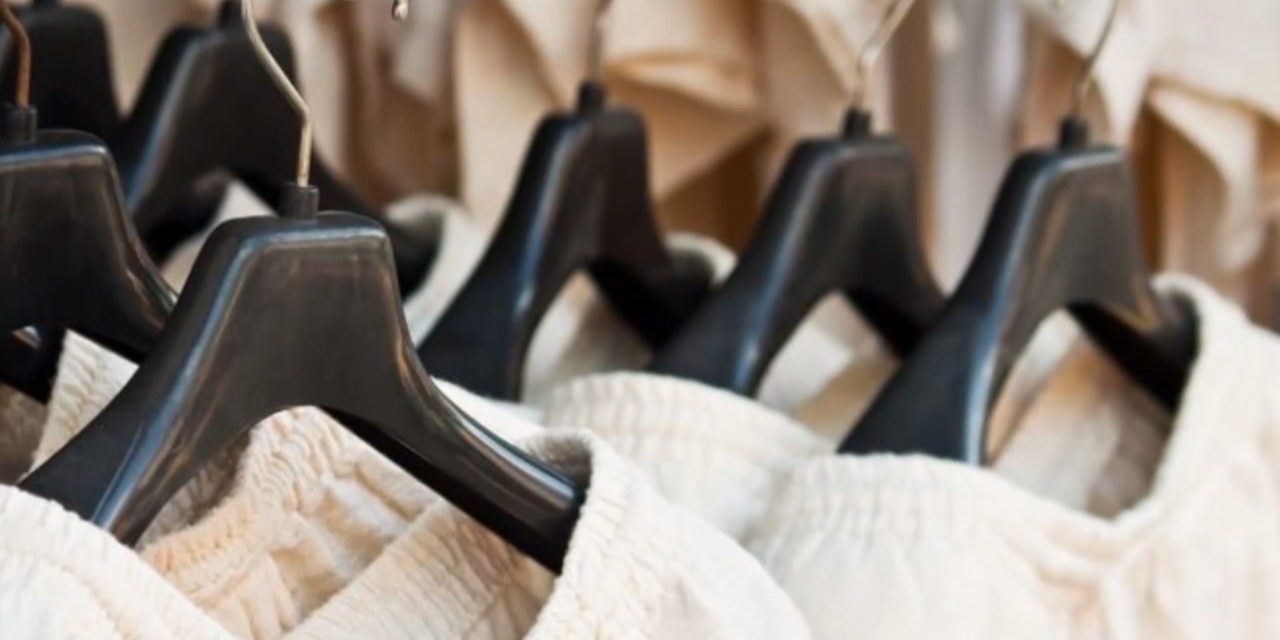J Jill posts another quarter of growth
Amidst a sea of declines among US women’s clothing retailers, at least one store is bucking the trend.
J Jill Inc. on Wednesday reported a 9.9% Q1 comparable sales gain, its 19th gain in the last 21 quarters. The gain didn’t come at the cost of profit as gross margin widened and adjusted profit jumped 50%. The Quincy, Mass.-based retailer forecast sales will continue to rise in the “high-single-digit” for both Q2 and this year.
“We are confident we have the right formula and approach in place to continue to drive these consistent positive results and to deliver against our goals,” said President and Chief Executive Paula Bennett. “This quarter further exemplifies how well positioned we are to continue to capture market share.”
J Jill’s results and Bennett’s confidence stood in sharp contrast to the declining sales and cautionary remarks by the company’s rivals. Ann Taylor and Dressbarn parent Ascena, for instance, recently forecast that its quarterly and full-year same-store sales will drop 8% and as much as 7% respectively. Chico’s FAS Inc. Q1 same-store sales slumped nearly 9% after declines at both its Chico’s and White House Black Market chains. Between 2012 and 2016, J Jill has outperformed not only Ascena and Chico’s but also other rivals including Christopher & Banks, New York & Co. and Banana Republic parent Gap, according to Retail Metrics data.
In another example, just as retail executives such as Ascena President and CEO David Jaffe have noted “industrywide traffic headwinds” and “unprecedented secular change that’s disruptive to traditional business model,” J Jill has benefited from having its about 280 stores located in the so-called premium malls and lifestyle centers, which are still generating traffic, unlike older, lower-end retail centers, many of them seeing store closings from such retailers as Macy’s, JC Penney and Sears.
To be sure, it remains to be seen whether J Jill, which generated $639 million in sales last year, can sustain its growth as it grows bigger. One of its closest rivals, Chico’s, for instance, generated $2.48 billion in sales last year.
J Jill, which targets 40- to 65-year-olds who are college educated and have household income of at least $150,000, also is ahead of its competition on one metric that’s become increasingly important. Direct to consumer sales for the company, mostly from ecommerce, represented 42.6% of Q1 sales from 40.7% a year earlier. The retailer expects that to increase to half of total the next few years.
That’s higher than all but one among dozens of apparel retailers tracked in eMarketer’s company database. Only Lands’ End generated a higher percentage of sales (86%) online. Among other women’s retailers, Urban Outfitters’s Anthropologie, for instance, generated more than a third of sales online, New York & Co., 25%, and Ann Taylor, 21%.
by Andria Cheng

